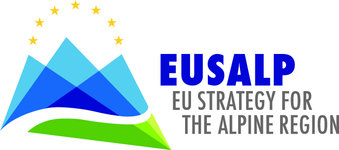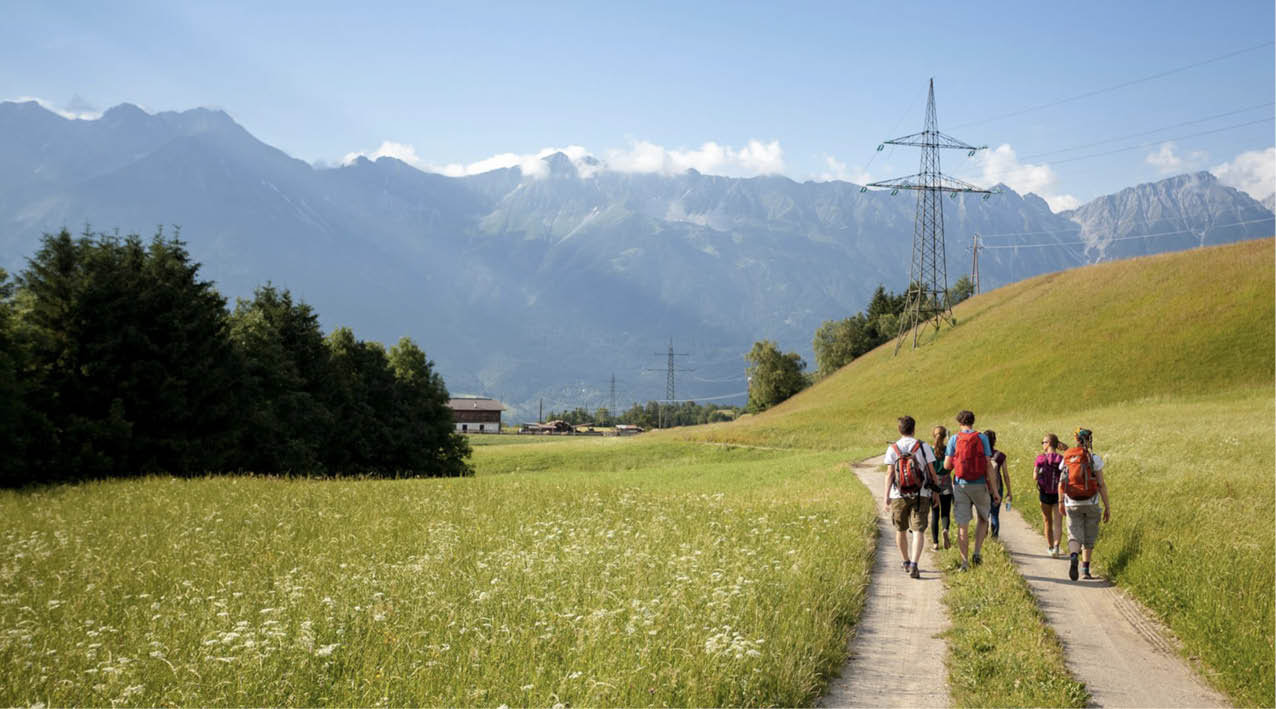conflict 9
#AcceptanceCommonMeasures

Development and harmonisation of modal shift measures requires common and coordinated approaches.
Most Alpine countries and regions have implemented policies to improve modal shift and to reduce the environmental impacts of freight and passenger transport. These measures reach from regulatory measures like driving bans or speed limits to pricing measures with the aim to improve the level-playing-field between road and rail transport. Uncoordinated approaches however lead to unwanted effects like traffic shifts between regions or corridors and can also influence regional economies in a negative way. Thus, also the development of measures requires common and coordinated approaches which involve not only different levels of policy-making but also relevant stakeholders and the general public.

Driving bans - Broad effects only through coordinated approaches
To reduce air pollution, several Alpine regions have implemented driving bans for high-emitting vehicles. For example on the Brenner motorway, heavy goods vehicles with motor technology EURO 0, I and II are currently prohibited – with an extension to EURO III at the end of 2017. Other corridors have not implemented such measures, with the potential of unwanted traffic shifts.
Tyrol: Speed limits - A broad application improves acceptance
Speed limits are currently implemented in several Alpine regions, for example Tyrol has implemented a permanent speed limit of 100km/h for all vehicles on the motorways. While this speed limit found opposition during the implementation phase, it is now broadly accepted. A more systematic application of this measure could further improve acceptance.
Toll+ - Only a harmonised toll system can set effective incentives
All Alpine countries have implemented pricing systems for heavy goods vehicles, however taking different approaches and ambitions. The Swiss HGV fee (LSVA) is the most ambitious pricing approach as it includes not only infrastructure but also external costs and implements the pricing system on the overall Swiss road network. In other countries, price levels are much lower as only infrastructure costs are considered in the motorway tolls. This leads to unwanted traffic shifts between corridors and to missing incentives to switch from road to rail. The Alpine regions have thus developed a proposal for a common pricing system, known under the name Toll+. This proposal argues for a harmonised approach for all Alpine corridors. A crucial issue for acceptance of this proposal is however a good solution to deal with potential negative effects for regional transport.
Download #9-AcceptanceCommonMeasures
iflow.it/eusalp/download/A1025/9-AcceptanceCommonMeasures.pdf
iflow.it/eusalp/download/A1025/9-AcceptanceCommonMeasures.pdf


